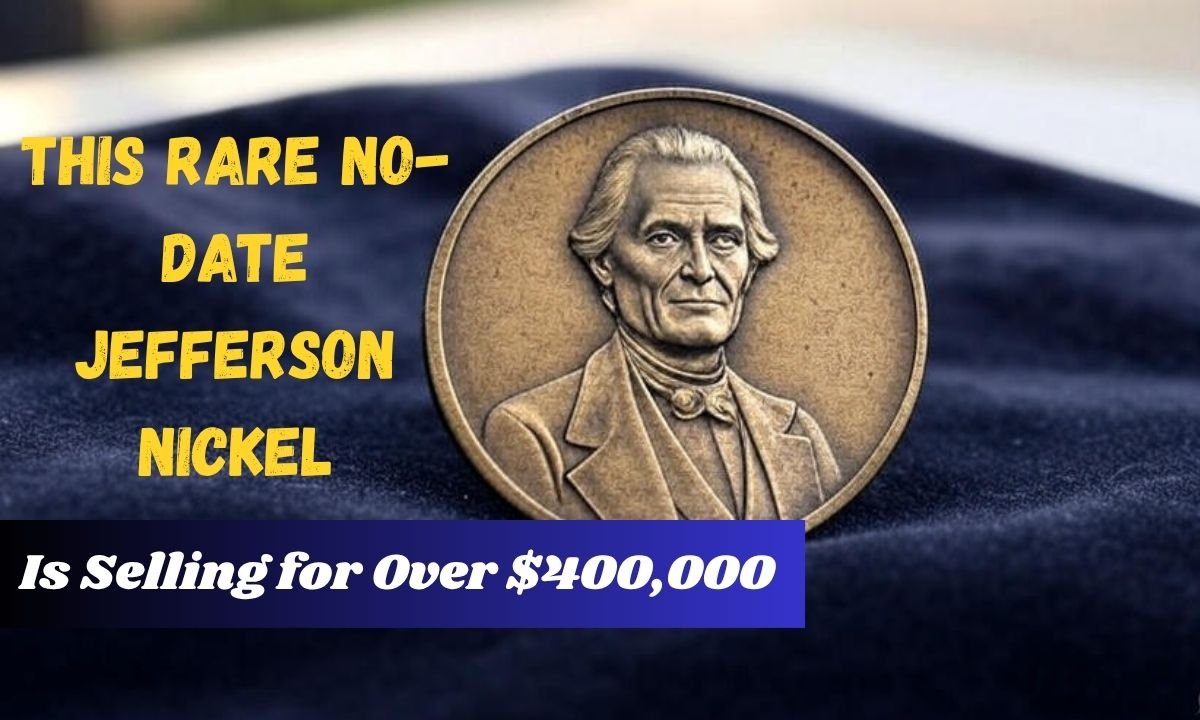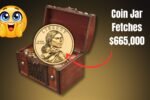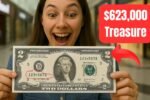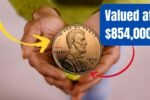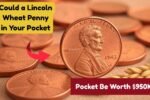Imagine digging through your pocket change and finding a coin worth more than a fancy car or even a house! Sounds like a dream, right? Well, it’s not just a fantasy. There’s a rare no-date Jefferson Nickel out there, hiding in plain sight, and it’s selling for over $400,000. Yes, you heard that right—a simple five-cent coin could make you rich! Let’s dive into the exciting world of this mysterious nickel, why it’s so valuable, and how you might just find one in your wallet.
What Makes the No-Date Jefferson Nickel So Special?
You might be wondering, what’s the big deal about a nickel with no date? The Jefferson Nickel, first minted in 1938, usually has a date stamped on it, showing the year it was made. But this rare version is missing that date entirely, and that’s what makes it a collector’s dream. This isn’t just a mistake—it’s a super rare minting error that happened at the U.S. Mint. Think of it like a one-of-a-kind painting with a smudge that makes it even more valuable. Only a handful of these coins exist, and their scarcity drives their price through the roof.
The Jefferson Nickel features Thomas Jefferson, the third U.S. president, on one side and his famous home, Monticello, on the other. Normally, these coins are worth just five cents, but the no-date error makes this one a hidden gem. It’s like finding a golden ticket in a candy bar—except this ticket could buy you a mansion!
Why Is This Coin Worth So Much?
So, why would someone pay $400,000 for a tiny piece of metal? It’s all about rarity and history. During World War II, the U.S. Mint changed the nickel’s recipe because nickel was needed for the war effort. They started using a mix of silver, copper, and manganese instead. But a few coins were accidentally made with the old recipe or struck with a worn-out die, causing the date to vanish. These mistakes are like rare misprints in a book—collectors go wild for them!
The no-date Jefferson Nickel is also valuable because it’s still out there, possibly jangling in someone’s pocket. Unlike coins locked away in museums, this one could be in your change from the grocery store. Its high value comes from its rarity, condition, and the thrill of the hunt. Who wouldn’t want to find a fortune in their spare change?
How to Spot This Rare Nickel
Now, you’re probably itching to check your coins, right? Here’s how to spot the no-date Jefferson Nickel. First, look at the front of the coin (the “obverse”). You’ll see Thomas Jefferson’s face, but the date should be missing or so faint it’s unreadable. Flip it over to the back (the “reverse”), and you’ll see Monticello, Jefferson’s home. The steps on Monticello should be sharp and clear—collectors call this “full steps,” and it adds to the coin’s value.
You’ll need a magnifying glass to check for details, as these coins can look like regular nickels at first glance. If you think you’ve got one, don’t clean it! Cleaning a coin is like washing a rare painting—it can ruin its value. Instead, take it to a professional coin grader, like PCGS or NGC, to verify it. They’re the experts who can tell if your nickel is the real deal.
Could It Really Be in Circulation?
Here’s the crazy part: this $400,000 nickel might still be out there! Unlike super old coins that are mostly in collections, Jefferson Nickels are still used every day. You could find one in a vending machine, a tip jar, or even your grandma’s coin jar. Stories pop up about people finding valuable coins in unexpected places, like a man in Pennsylvania who found a rare 1942-S nickel worth $9,000 in his grandfather’s collection. Could the no-date version be next?
The idea that a fortune could be hiding in your pocket is thrilling. It’s like a real-life treasure hunt, and anyone can play. So, next time you get change, take a closer look—you might be holding a small fortune!
Tips for Coin Hunting Beginners
Ready to start your treasure hunt? Here are some easy tips for beginners. First, grab a coin loupe (a small magnifying glass) to check your nickels closely. Look through pocket change, coin rolls from the bank, or even old jars at home. Focus on coins from the 1940s, especially wartime nickels (1942–1945), as they’re more likely to have errors. Join online coin collecting groups or visit a local coin shop to learn more. It’s like joining a club of treasure hunters, and you’ll pick up tricks from the pros!
Conclusion
The no-date Jefferson Nickel is more than just a coin—it’s a tiny piece of history that could change your life. With a value soaring over $400,000, this rare error coin is a reminder that treasures can hide in the most ordinary places. Whether you’re a coin collector or just someone who loves a good story, the idea of finding a fortune in your pocket is exciting. So, grab your magnifying glass, check your change, and keep your eyes peeled. Who knows? The next nickel you find could be your ticket to a dream come true!
FAQs
What is a no-date Jefferson Nickel?
It’s a rare Jefferson Nickel with no visible date due to a minting error, making it super valuable.
How do I know if my nickel is worth $400,000?
Check for a missing date and clear Monticello steps. Get it checked by a professional grader like PCGS.
Can I still find this nickel in circulation?
Yes! It could be in pocket change, vending machines, or coin jars.
Why is cleaning a coin bad?
Cleaning can damage the coin’s surface, lowering its value to collectors.
Where can I learn more about coin collecting?
Join online coin groups or visit a local coin shop for tips and advice.
